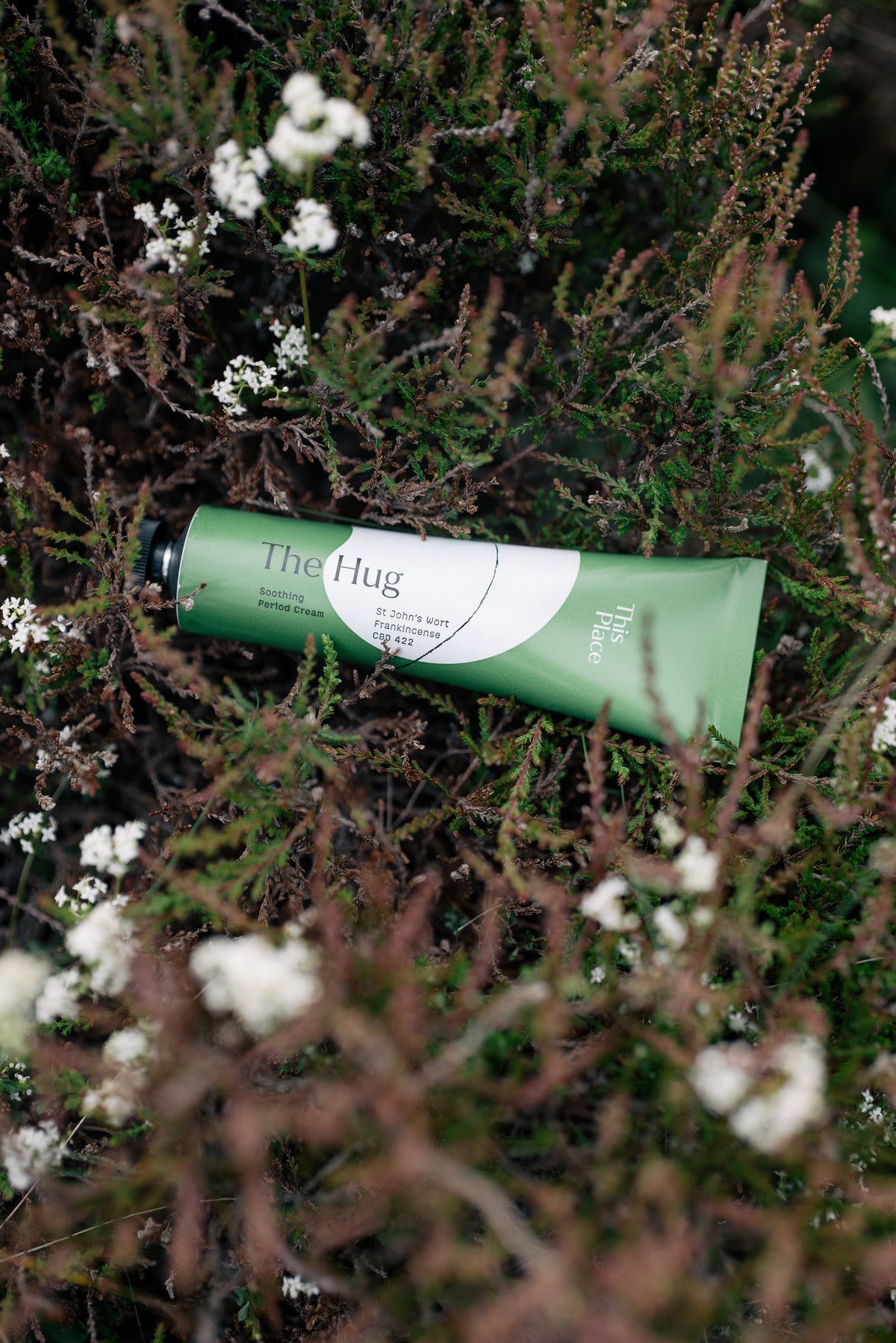At a glance: Ancient insights about menstruation |
Modern medicine has helped us shed light on biological processes that take place during our menstrual cycle — but, of course, that was not always the case. Over the course of human history, menstruation has been a particularly controversial topic: Some referred to it as a curse, whereas others went so far as to consider menstrual blood a cure for certain lesions [1].
Somewhere in between were the women who, over generations, developed their own way of dealing with their menstrual cycle. Could their insights still be valuable to this day, or are we still in the dark about what they had to say?
The male perspective — and why we don’t know enough
It’s no secret that the vast majority of written work from our past was authored by men. What that also means is that relatively little has been written about menstrual cycle. And what was eventually recorded was hence shared from the male point of view.
For example, the Roman writer and philosopher Pliny the Elder believed that a menstruating woman could turn wine sour and make plants infertile. In addition, he claimed she could cause seeds to dry up seeds in gardens, fruit to fall off trees, mirrors to cloud, beehives to die and even cause bronze and iron to rust [2].
It goes without saying that any sort of female perspective on the matter likely wasn’t even on men’s radars. As such, it’s still largely unclear how women dealt with their periods long before today's hygiene products were made available.
That said, some female insights inevitably did pass down from generation to generation, as our foremothers learned how use a little help from nature to treat, for example, their period pain.
What the past can teach us about the present
On the one hand there are of course the classic, so-called ‘women’s herbs’, such as St. John's wort , which can have mood-boosting effects and might be able to provide relief from PMS . Monk's pepper (vitex agnus-castus) is also said to help alleviate the pain from menstrual cramps.
Black cohosh (actaea racemosa) might be familiar because some use it to relieve symptoms of menopause — but perhaps it could have other benefits too. The word ‘cohosh’ is believed to mean ‘rough’ in the language once spoken by the Algonquin, a tribe in North America, where the plant was first spotted. It’s said that these indigenous people used black cohosh to treat many different conditions, including period pain and to induce labour with blue cohosh too. [4]
Feverfew (Tanacetum parthenium) a flowering plant in the daisy family, belongs on this list too, as it has been traditionally used in herbal medicinal techniques to treat issues related to menstruation and labour.
Important: Always speak to a doctor before trying any of these herbs because they can have undesired effects. Women who are breastfeeding should also avoid these herbs as there isn’t enough scientific research to prove that they are safe for all women.
The essence of our menstrual cycle
As we bridge the past with the present, our ancestors can provide us with golden insights that might be able to help us regulate our menstrual cycle in a natural way.
It’s important to highlight that our periods are only part of our entire menstrual cycle. Much like the coming and going of the tide, each phase of the menstrual cycle — menstruation, the follicular phase, ovulation and the luteal phase — are part of a larger phenomenon.
Some see these phases as drawing parallels with seasons of the year, with menstruation corresponding to hunkering down during a cold winter and ovulation corresponding to letting loose during a hot summer (more on these analogies can be found in this article here).
Some find it beneficial to tap into the ancient tradition of seed cycling to feel more connected with their menstrual cycle.
To accompany you while you’re on your period, you can try our period pain cream The Hug , which has natural ingredients like St. John's wort and high quality, organic CBD extract to support your well-being during your entire cycle.
Sources:
[1] Causes and Cures of Skin Diseases in the Work of Hildegard of Bingen
https://www.actasdermo.org/es-causes-cures-skin-diseases-in-articulo-S1578219017301622
[2] History of menstruation
http://www.vaginamuseum.at/LEIBundLEBEN/vaginalogie-menstruation-geschichte
[3] A systematic review of St. John's wort for major depressive disorder
https://pubmed.ncbi.nlm.nih.gov/27589952/
[4] Herbal fertility treatments used in North America from colonial times to 1900, and their potential for improving the success rate of assisted reproductive technology
https://www.ncbi.nlm.nih.gov/pmc/articles/PMC6047296/

